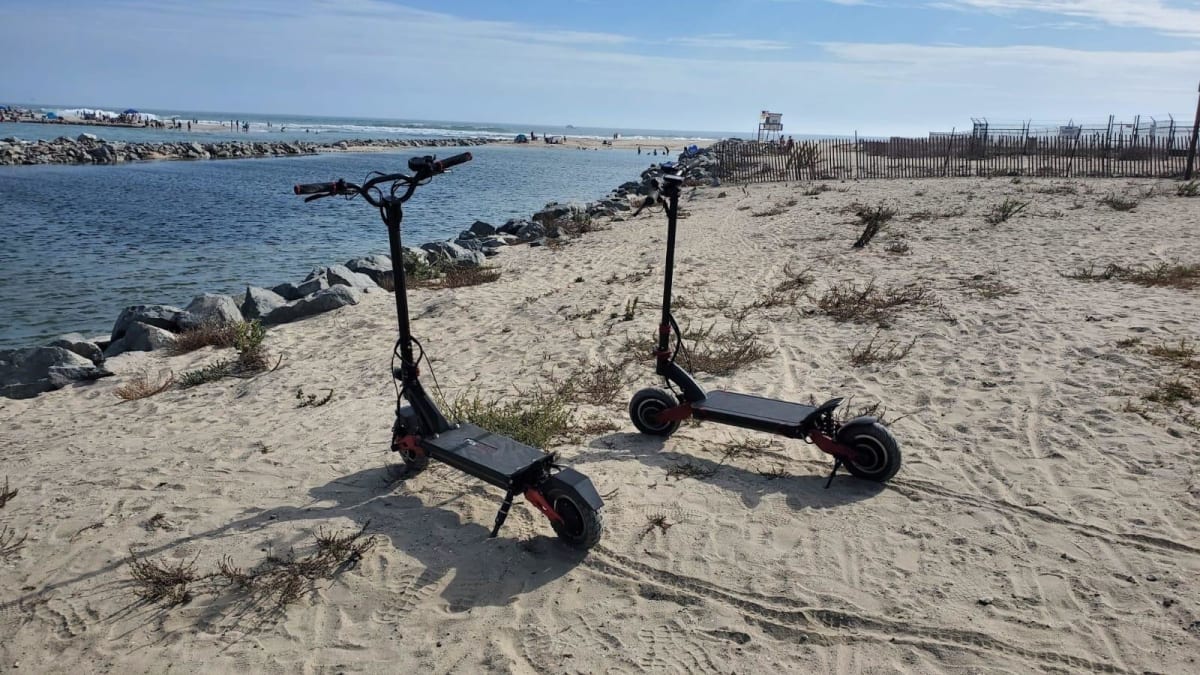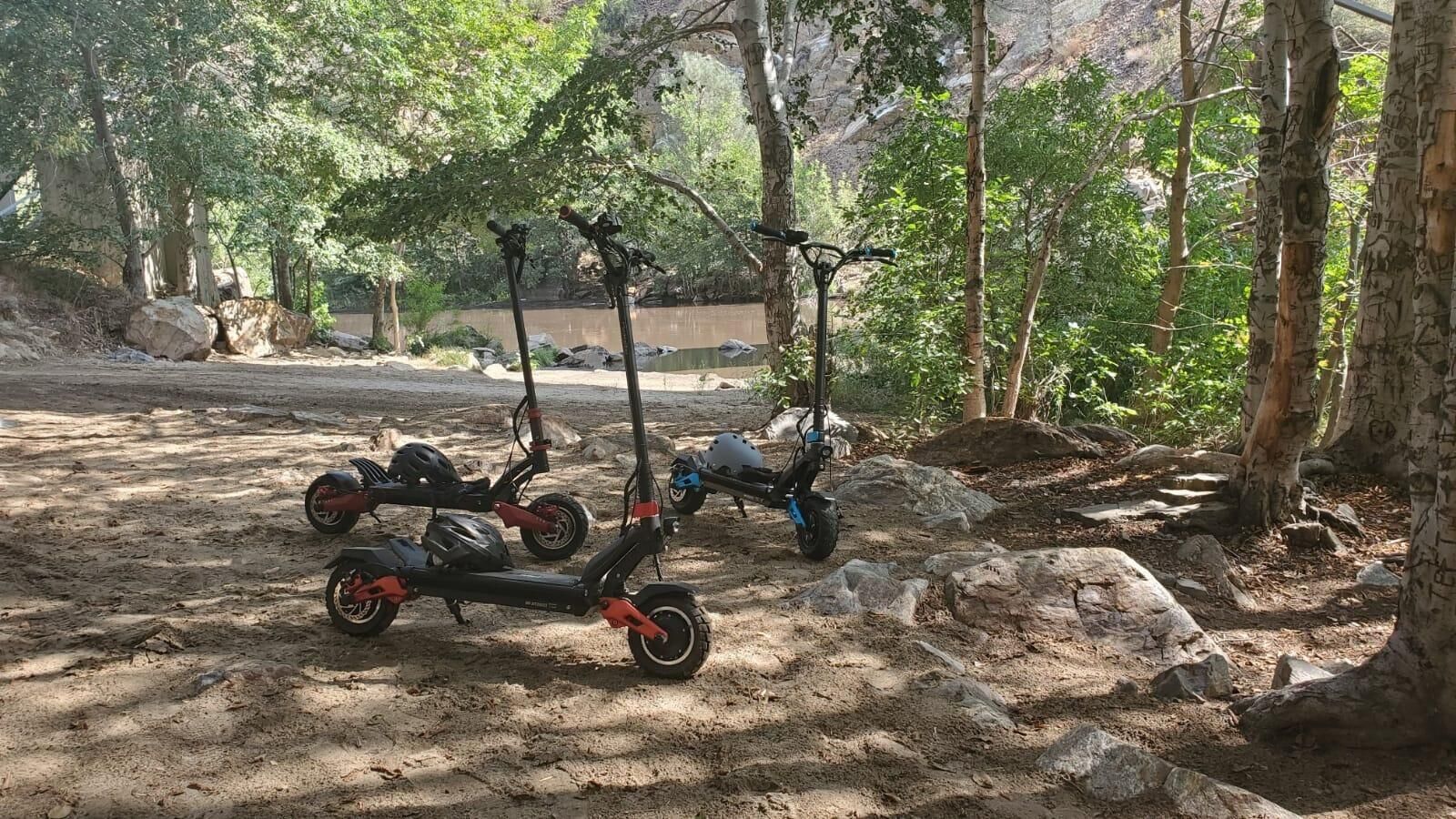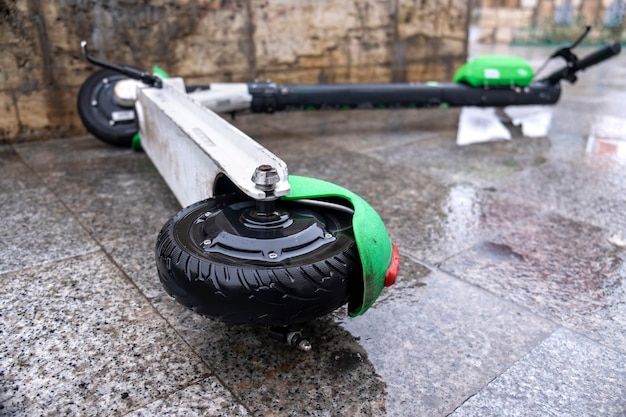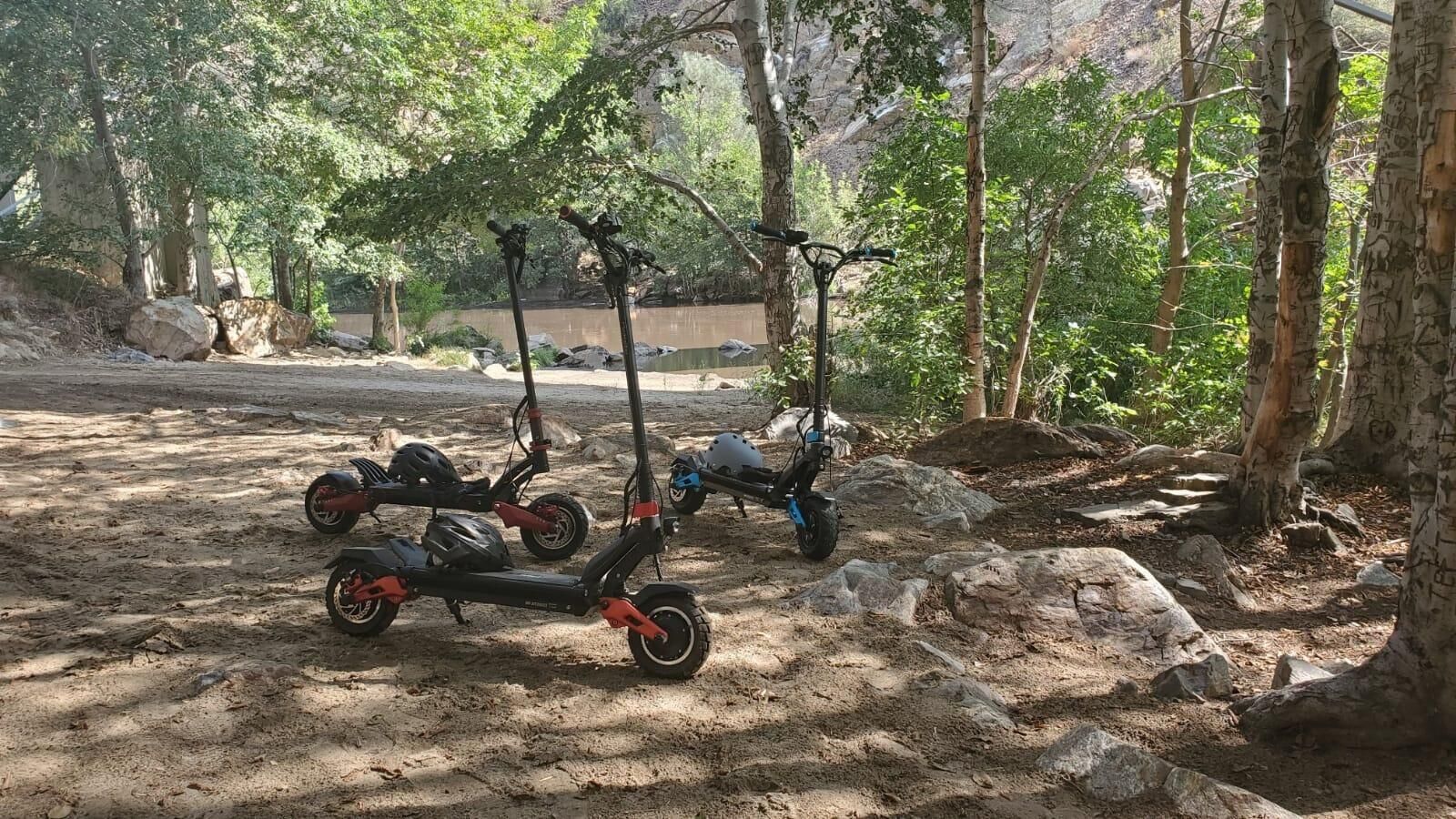Exploring the Water-Resistance of Electric Scooters: Do Waterproof Scooters Exist?
Last updated on: 11/28/2023


Electric scooters have become a popular mode of transportation for both urban commuters and eco-conscious individuals. With their sleek design and convenient maneuverability, electric scooters offer a convenient and efficient way to navigate through busy city streets.
However, one crucial aspect that often goes overlooked is the water-resistance of these scooters. In this comprehensive guide, we will delve into the significance of water-resistance in electric scooters, examining the key features that make them withstand various weather conditions and the benefits they offer.
Get ready to ride with confidence, rain or shine.
Why do you need a Waterproof Scooter?
When it comes to electric scooters, having a waterproof model can make a world of difference. A waterproof electric scooter is specifically designed to withstand exposure to water, offering several advantages for riders.
Ensures peace of mind during unpredictable weather conditions. No longer will you have to worry about sudden rain showers ruining your ride or damaging the scooter's electrical components.
Allows for increased versatility, enabling you to ride through wet surfaces and even shallow puddles without fear of damage.
Enhances the durability and longevity of the scooter, protecting it from potential water-related issues such as rust or electrical malfunctions.
Difference between Water-Resistant and Waterproof

It's important to understand the difference between water-resistant and waterproof when it comes to electric scooters. While these terms are often used interchangeably, they do have distinct meanings.
Water-resistant scooters are designed to repel water to some extent, providing a certain level of protection against light rain or splashes. On the other hand, waterproof electric scooters go a step further, offering a higher level of protection and the ability to withstand more substantial exposure to water.
When selecting a scooter, it's essential to consider the level of water-resistance required based on your intended usage and the prevailing weather conditions in your area.
Key Features that Make Electric Scooters Water-Resistant
Electric scooters with robust water-resistance capabilities typically incorporate specific key features. These features not only protect the scooter's internal components but also enhance the rider's overall experience in wet conditions. Here are some key features to look for in a water-resistant electric scooter:
Sealed Battery Compartment: A sealed battery compartment prevents water from seeping into the sensitive electrical components, ensuring their protection even during heavy rain.
Water-Sealed Connectors: The connectors between different parts of the scooter, such as the handlebars, throttle, and battery, should be designed to be water-sealed. This prevents water infiltration and potential short circuits.
IP Rating: Look for scooters with an IP (Ingress Protection) rating, which indicates their level of protection against dust and water. Higher IP ratings, such as IPX4 or IPX7, offer better water-resistance capabilities.
Fender Design: Scooters equipped with well-designed fenders can prevent water splashes from reaching the rider or penetrating critical areas of the scooter.
Solid Frame Construction: A sturdy frame that is resistant to water damage adds an extra layer of protection for the internal components of the scooter.
Best waterproof electric scooters will have all these features. These features ensure that your electric scooter is equipped to handle various weather conditions and provide a reliable ride.
Electric Scooter IP Rating
IP (Ingress Protection) ratings play a crucial role in evaluating the water-resistance of electric scooters. Understanding these ratings is essential for making an informed decision when selecting a scooter that can withstand water exposure.
What are actually IP ratings? IP ratings are standardized codes that indicate the level of protection provided by an electric scooter against the ingress of solid particles (like dust) and liquids (such as water).
The IP rating consists of two numbers: the first represents the level of protection against solid particles, while the second indicates the level of protection against liquids. For water-resistance evaluation, we focus primarily on the second number, which refers to the scooter's resistance to water.
Breakdown of the IP Rating System: To better understand IP ratings, let's break down the system and its components:
IPX0: No protection against water.
IPX1: Protection against vertically falling water drops, equivalent to light rain.
IPX2: Protection against water drops at an angle of up to 15 degrees from vertical, suitable for moderate rain.
IPX3: Protection against water sprays up to 60 degrees from vertical, commonly found in scooters designed for light splashes or occasional light rain.
IPX4: Protection against water splashes from any direction, suitable for riding in wet conditions or under moderate rainfall.
IPX5: Protection against water jets from any direction, offering more robust water-resistance for heavy rain or intense water splashes.
IPX6: Protection against powerful water jets and heavy seas, ensuring high-level water-resistance during intense rain or water exposure.
IPX7: Protection against temporary immersion in water up to 1 meter deep for a limited time, allowing scooters to handle deeper water crossings or accidental submersion.
IPX8: Protection against continuous immersion in water beyond 1 meter, offering the highest level of water-resistance for extreme conditions. Best waterproof electric scooter offer this level of protection.
Examples of Commonly Found IP Ratings in Electric Scooters

Electric scooters typically fall within the IPX4 to IPX7 range, providing sufficient water-resistance for everyday use. IPX4-rated scooters can handle light rain and occasional water splashes, while IPX5 and IPX6 ratings offer more protection against heavy rain and intense splashes.
For those seeking added assurance in extreme conditions or water-intensive activities, IPX7-rated scooters provide temporary immersion protection. But, very few electric scooters today offer this level of protection.
When considering IP ratings, it's important to align them with your specific needs and the expected weather conditions you'll encounter during your rides. Keep in mind that IP ratings solely assess water-resistance and do not guarantee complete waterproofing against submersion or prolonged exposure to water.
Conclusion
The water-resistance of an e scooter is a crucial factor to consider for riders seeking reliable performance in diverse weather conditions. By understanding the significance of IP ratings and the key features that make scooters water-resistant, riders can confidently choose a scooter that meets their specific needs.
Whether you're riding in the rain, splashing through puddles, or seeking a completely waterproof electric scooter, ensuring water-resistance will provide a smooth and enjoyable ride, allowing you to embrace the freedom of exploring your surroundings, rain or shine.
Join the Newsletter
Wanna hear new articles, flash sales and events delivered to your inbox? Join the Miniwalker newsletter now!